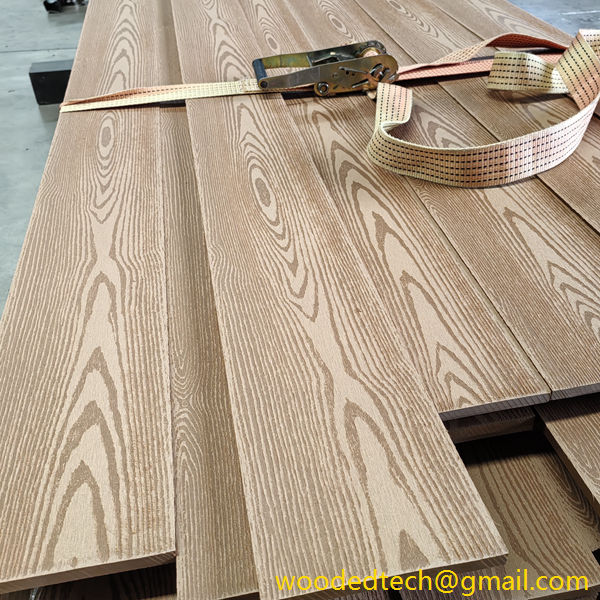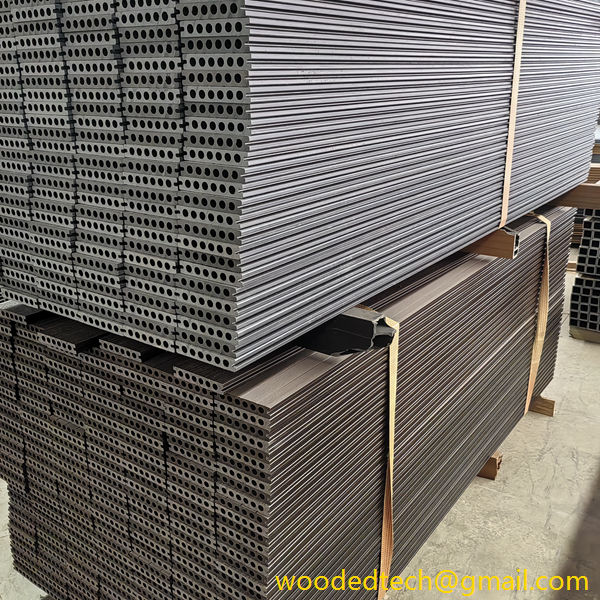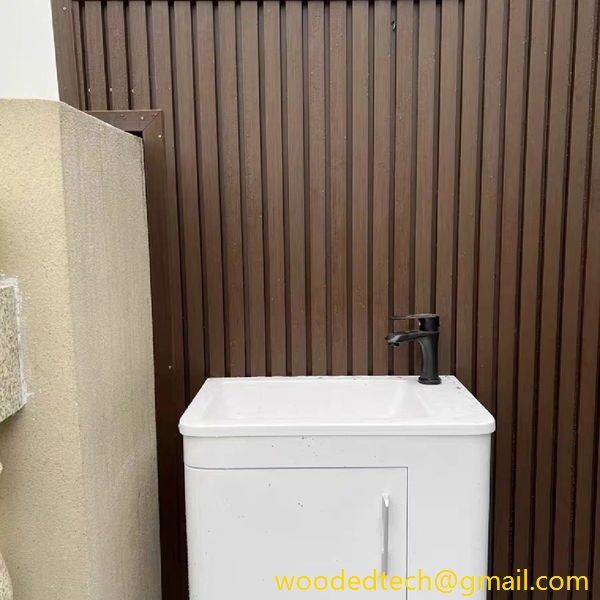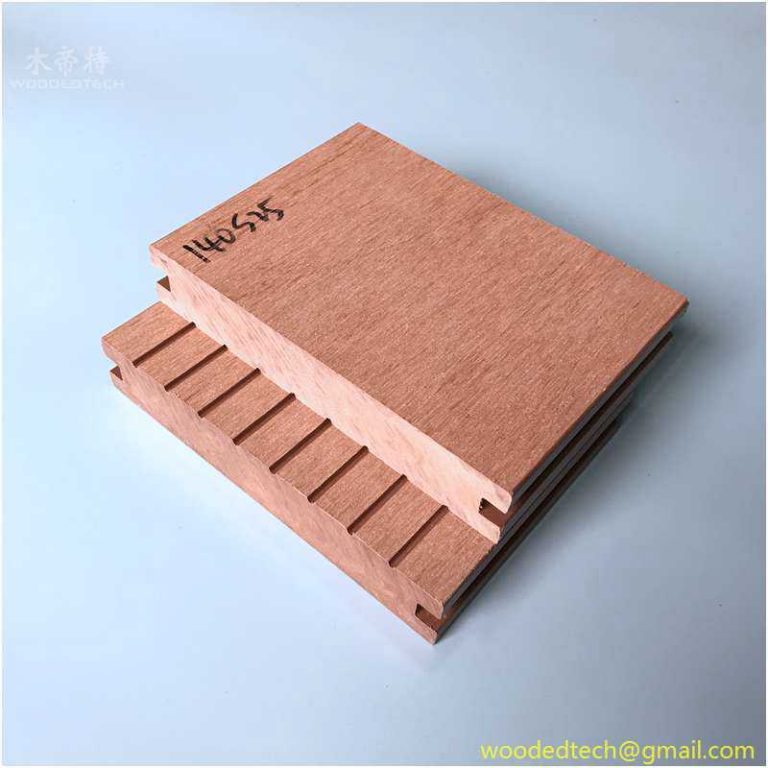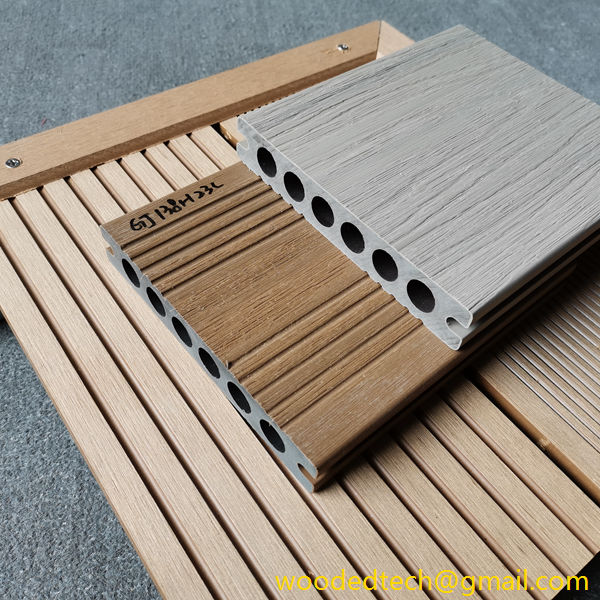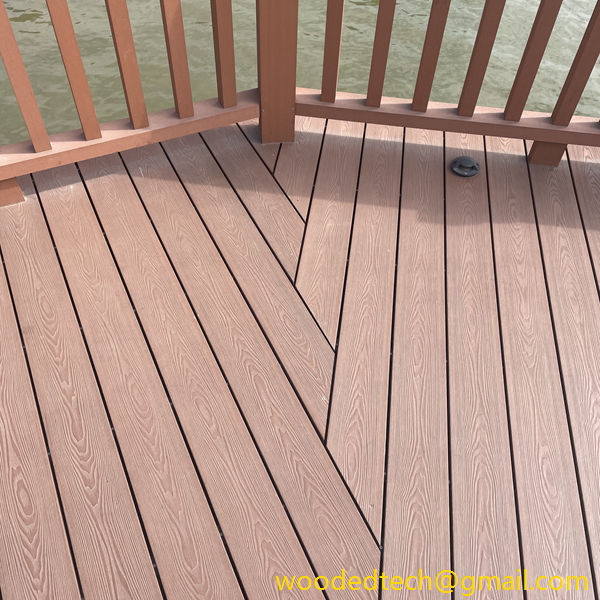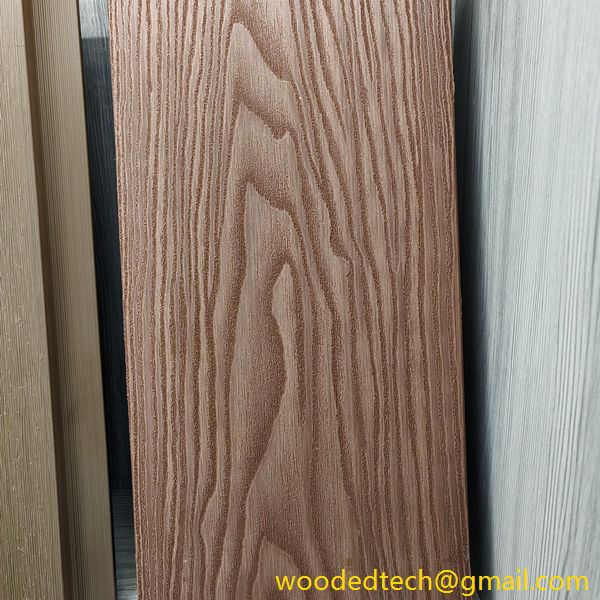Is Wood or Composite Decking Better? Pros and Cons
Is Wood or Composite Decking Better? Pros and Cons When it comes to building a deck, one of the most significant decisions you will face is whether to use wood or composite materials. Each option has its unique set of advantages and disadvantages, and understanding these can help you make an informed choice that aligns…
Is Wood or Composite Decking Better? Pros and Cons
When it comes to building a deck, one of the most significant decisions you will face is whether to use wood or composite materials. Each option has its unique set of advantages and disadvantages, and understanding these can help you make an informed choice that aligns with your needs, aesthetic preferences, and budget. This article explores the pros and cons of both wood and composite decking to help you determine which option may be better for your particular situation, with a focus on material performance.
Wood decking, particularly from species such as cedar, redwood, and pressure-treated pine, has long been a popular choice for homeowners. One of the most significant advantages of wood is its natural beauty. The grain patterns, colors, and textures of wood provide a warm, organic aesthetic that many people find appealing. Wood can also be easier to work with, as it is typically lighter than composite materials and can be cut, shaped, and fastened using standard tools.
In terms of performance, wood is strong and durable, especially when properly maintained. With regular sealing and staining, wood decking can withstand the elements and resist rot, mold, and insect damage. Natural wood also has the advantage of being more environmentally friendly than composite materials, as it is a renewable resource. For those who prioritize sustainability, choosing responsibly sourced wood can align with ecological values.
However, wood decking does come with several drawbacks. One of the most significant issues is its susceptibility to weathering. Over time, wood can warp, crack, and fade when exposed to sun, rain, and snow. Regular maintenance is essential to keep wood decking looking its best, which can require significant time and financial investment. This includes annual cleaning, sealing, and staining, which can add up over the years.
Another concern is that wood decking can be prone to splintering and can become slippery when wet. While some wood species are more resistant to these issues than others, the risk remains a factor to consider, especially in areas with high foot traffic or around pools. Additionally, untreated wood may be susceptible to pests such as termites, which can compromise the deck’s integrity over time.
On the other hand, composite decking has gained popularity in recent years as a low-maintenance alternative to wood. Composite materials are made from a combination of wood fibers and recycled plastic, making them resistant to many of the issues that plague traditional wood decking. One of the primary advantages of composite decking is its durability. It does not warp, splinter, or crack like wood, and it is resistant to fading from UV exposure. This makes composite decking an excellent choice for homeowners looking for a long-lasting solution that requires minimal upkeep.
Another significant benefit of composite decking is its low maintenance requirements. Unlike wood, which needs regular staining and sealing, composite materials can typically be cleaned with soap and water, making them easier to care for over time. This is particularly appealing for homeowners with busy lifestyles who prefer to spend their time enjoying their outdoor spaces rather than maintaining them.
In terms of safety, composite decking often has a non-slip surface, making it an excellent choice for areas prone to moisture. This reduces the risk of slips and falls, particularly in poolside or shaded areas where mold and mildew can develop. Additionally, composite materials are generally resistant to insect infestations, further enhancing their longevity and performance.
However, composite decking is not without its downsides. One of the primary concerns is the initial cost. Composite materials tend to be more expensive upfront than traditional wood, which can deter some homeowners. While the long-term savings on maintenance may offset the initial investment, the higher price point can be a barrier for those on a tight budget.
Another consideration is that composite decking, while durable, may not have the same natural aesthetic appeal as wood. Although advancements in technology have made composite materials more visually appealing, some people still prefer the authentic look and feel of natural wood. Additionally, composite materials can retain heat in direct sunlight, making them uncomfortable to walk on barefoot during hot summer days.
Ultimately, the choice between wood and composite decking depends on your specific needs and preferences. If you prioritize natural beauty and are willing to invest time and effort into maintenance, traditional wood may be the best option for you. On the other hand, if you are looking for a low-maintenance, durable solution that can withstand the elements with minimal upkeep, composite decking could be the right choice.
In conclusion, both wood and composite decking have their pros and cons regarding material performance. Wood offers natural beauty and a traditional aesthetic but requires regular maintenance to keep it looking its best. Composite decking provides durability and low maintenance but may come with a higher price tag and a less authentic appearance. By carefully considering your priorities, lifestyle, and budget, you can make an informed decision that will enhance your outdoor living space for years to come.

